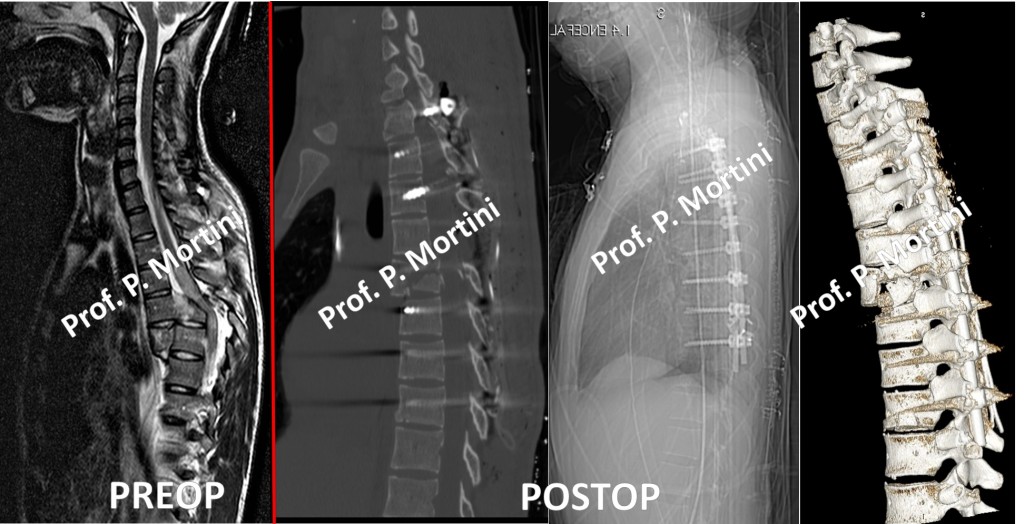The spinal cord is a bundle of nerves that carries messages between the brain and the rest of the body.
Acute Spinal Cord Injury (SCI) is due to a traumatic injury that can either result in a bruise (also called a contusion), a partial tear, or a complete tear (called a transection) in the spinal cord.
SCI results in a decreased or absence of movement, sensation, and body organ function below the level of the injury. The most common sites of injury are the cervical and thoracic areas. SCI is a common cause of permanent disability and death in children and adults.
Anatomy of the spine
The spine consists of 33 vertebrae, including the following:
• 7 cervical (neck)
• 12 thoracic (upper back)
• 5 lumbar (lower back)
• 5 sacral* (sacrum – located within the pelvis)
• 4 coccygeal* (coccyx – located within the pelvis)
* By adulthood, the five sacral vertebrae fuse to form one bone, and the four coccygeal vertebrae fuse to form one bone.)
These vertebrae function to stabilize the spine and protect the spinal cord. In general, the higher in the spinal column the injury occurs, the more widespread dysfunction a person will have.
Injury to the vertebrae does not always mean the spinal cord has been damaged. Likewise, damage to the spinal cord itself can occur without fractures or dislocations of the vertebrae.
What are the types of SCI?
SCI can be divided into two main types of injury:
- Complete injury: means that there is no function below the level of the injury — either sensation and movement — and both sides of the body are equally affected. Complete injuries can occur at any level of the spinal cord.
- Incomplete injury: means that there is some function below the level of the injury — movement in one limb more than the other, feeling in parts of the body, or more function on one side of the body than the other. Incomplete injuries can occur at any level of the spinal cord.
Causes
Causes of SCI include:
• Motor vehicle accidents
• Violence
• Falls
• Sports injuries
• Other causes
 English
English Italiano
Italiano